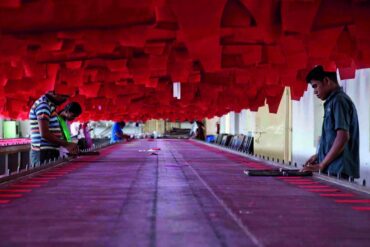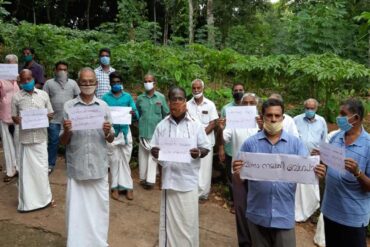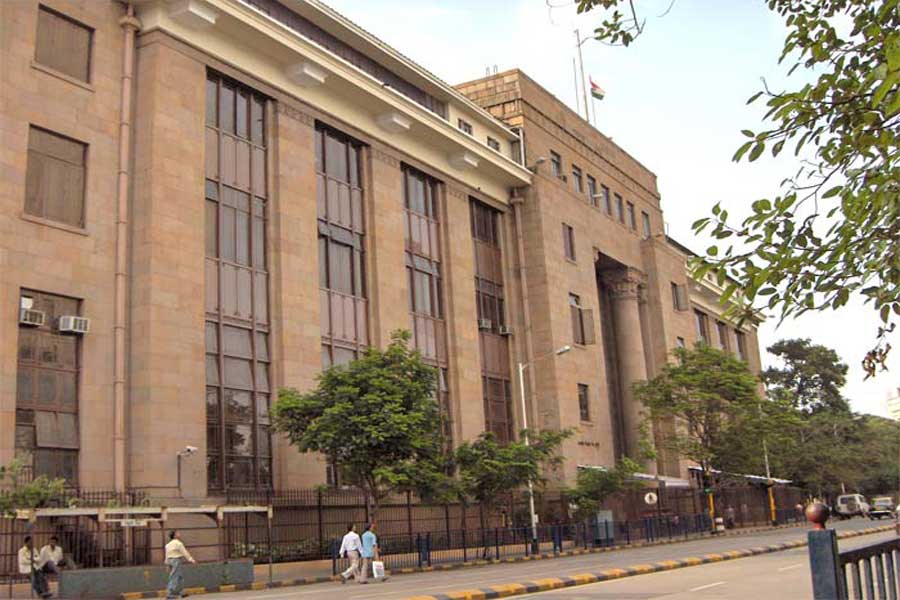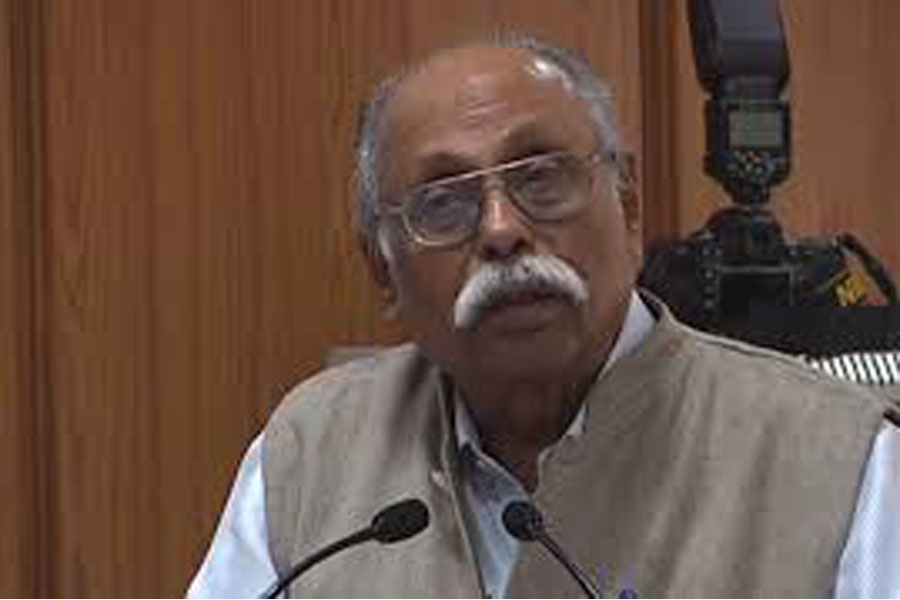India may hold the third position on the list of countries with the highest number of family-owned business, after China and the United States, but not many of its family-managed public firms are as clean as their counterparts in most other large economies. The Credit Suisse Family 1000 report, last year, based on a study of 1015 companies of $250 million or more in market capitalisation each, listed 111 of such companies in India. Most of these companies are stock-exchange listed and controlled by family promoters. Among top 50 profitable companies globally, 24 were from Asia, with a total market capitalisation of $748 billion, of which 12 were Indian family-owned companies valued at $192.2 billion, the report said. However, these Indian companies are more of an exception than representing a normal trend. There are little to talk about thousands of India’s family-run public companies as the daily stock exchange list would suggest.
Therefore, the Credit Suisse list may be somewhat misleading. There are about 5,000 listed firms on the Bombay Stock Exchange (BSE) and National Stock Exchange (NSE), both based in the country’s financial capital of Mumbai. There are many common stocks between the two bourses. Although an overwhelming number of these companies is family controlled, only a few hundreds seem to be doing well. On the other hand, most family promoters seem to have built more personal assets than clean assets for their public companies. Forensic audit of over 200 companies facing corporate insolvency resolution action under the Insolvency and Bankruptcy Code (IBC) has revealed irregularities of over Rs one lakh crore, including possible diversion of funds. Almost all of them are family controlled.
The ministry of corporate affairs, which is responsible for implementation of IBC, is expected to initiate action against the promoters, directors and even auditors in some cases, although the ministry is stretched for manpower and resources. Apart from siphoning of funds, instances of transactions with related parties and several other irregularities are noticed, including involvement of large commercial banks. Forensic audit refers to an independent evaluation of an entity’s accounts and transactions to detect data and evidence of fraud and financial irregularities.
It may be worth to consider that irrespective of the performance of their listed companies, the corporate promoters are personally doing very well. The number of crorepati taxpayers shot up 20 percent to 97,689 during the income-tax assessment year of 2018-19, as per the revenue department. The number such individuals having taxable income of over Rs 1 crore stood at 81,344 during AY 2017-18.The Central Board of Direct Taxes data updated up to fiscal year 2018-19 and income-distribution data for the accounting year of 2018-19 (fiscal year 2017-18). The data includes income-distribution information of corporate entities, firms, Hindu Undivided Families (HUFs) and individuals. If all taxpayers are included, the number of those with taxable income of more than Rs 1 crore per annum increases to about 1.67 lakh, a 19 per cent rise over AY 2017-18. The government’s overall corporate tax collection too is showing a healthy growth.
Over the years, the corporation tax has emerged as the biggest source of tax revenue of the central government. In this year’s budget, Finance Minister Nirmala Sitharaman has projected corporate tax collection at Rs 7.66 lakh crore, an increase of over 14 percent from the last year’s booty. Obviously, private business individuals, including practicing individuals, are willing to declare higher income and wealth. Although this is somewhat inexplicable as the much touted GST has so far failed to meet the government’s budget targets. Last year, the government’s GST collection declined by Rs. 100,000 crore from the budget estimates.
There is obviously a big wealth gap between declared Indian crorepatis and those belonging to their listed or enlisted businesses. That should be a matter of concern of both the government and the national economy. Going by the individual consumption of high cost products — from gold and diamond to imported furniture, fixtures, automobile, internationally branded items, including alcoholic and energy drinks and watches, to name a few — it is difficult to accept that India has less than 1.70 lakh crorepatis against its population of over 1.3 billion. While India’s stricken corporate wealth often comes to light because of the oft reported non-performing bank advances, individual bankruptcy cases are extremely rare.
Lately, the forensic audit reports of stricken public companies under IBC, run by family promoters, provide a very disturbing picture. Take, for instance, the reports on Jaiprakash Associates, Amtek Auto and Bhushan Steel. They provide information of several inexplicable natures of transactions, involving banks and other creditors. In a majority of the dozen high-profile cases referred by RBI for action, irregularities have been noticed. They are also being probed separately by agencies such as the Serious Frauds Investigation Office. No question is asked to their rich promoters.
Between December 2016, when the provision of corporate insolvency resolution came into force and December, 2018, some 1,484 cases were referred for action under the IBC, of which close to 900 were still to be resolved. Nearly half the cases were initiated by operational creditors such as vendors. In many high profile cases, the lenders had initiated forensic audit of those firms even before the company was referred to NCLT under the insolvency process. Unfortunately, nationalised banks, audit firms and credit rating agencies were reportedly hand in gloves with many of these companies. While Credit Suisse report provides undoubtedly an interesting picture of the wealth generation or market capitalisation by some family-owned business in India vis-à-vis those in other parts of the world, it would be nice if such a study is undertaken in the country by the government or a strong independent agency to provide a true picture of the corporate and personal wealth of enterprise promoters.
Cover Image:Reserve Bank of India (IPA)







